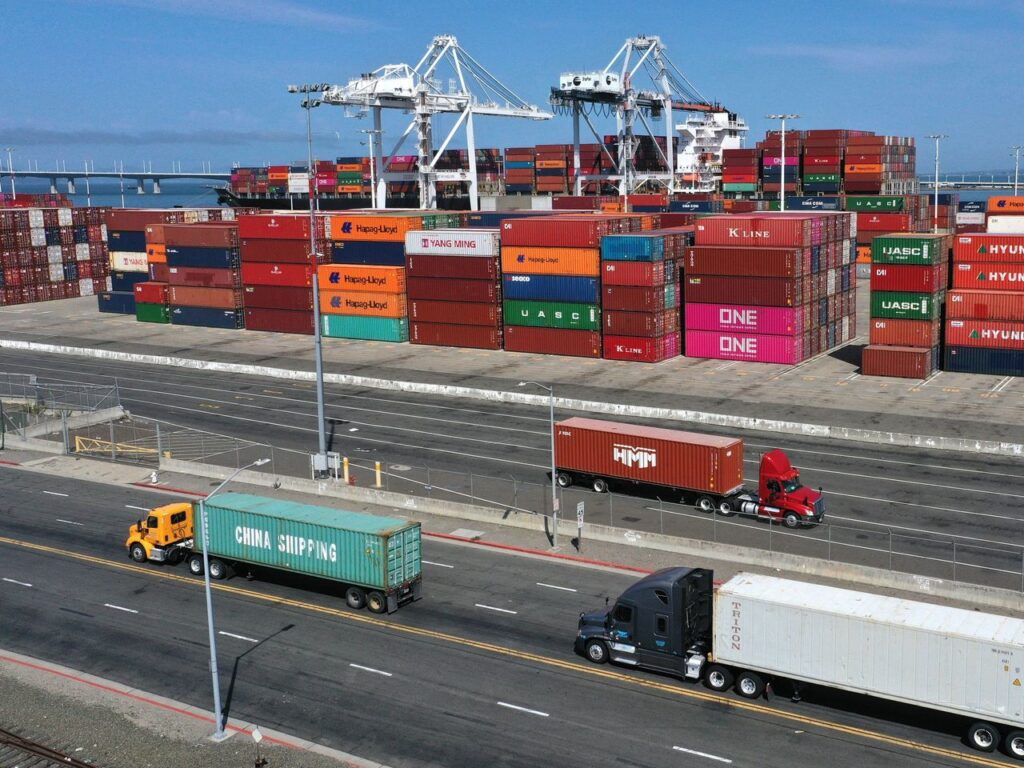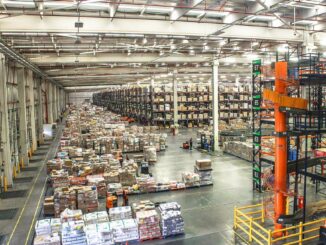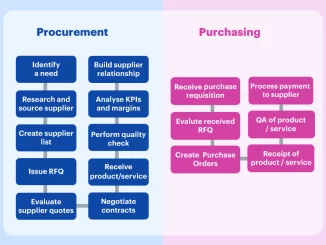Supply market analysis helps procurement to better understand the key suppliers within the market, the competitiveness, how the supply market works, and the direction in which the market is going. The results of an in-depth supply market analysis enable the buyer to improve and develop the strategy and tendering process and align their behaviours to achieve better value for money or less cost for an improved service. In this post, we’re looking at useful tools for supply chain market analysis in China from the macro-level and industry level.
Supply Chain Market Analysis in China
Macro Level
We’re going to start first looking at a macro level, what does the overall market look like from a strategic perspective? PESTLE analysis is a powerful tool to look at the supply market from a macro-level perspective.
What is PESTLE Analysis?
Basically, it’s a strategic tool for trying to understand supply market growth or decline, business position, potential direction, and what’s going on from a very strategic level.
What Does PESTLE Stand for?
P
Political: the government policy, political stability, taxes, supplier regulations, globe trade agreements, and any other restrictions around it.
Example:
The government may impose a new tax or duty due to which the entire revenue-generating structures of organizations might change.
E
Economic: exchange rates, globalization, economic growth or decline, inflation, interest rates, cost of living, labor, and consumer spending habits.
Example:
A rise in the inflation rate of any economy would affect the way companies’ price their products and services.
S
Social, consumer trends, fashions, consumer buying habits, lifestyle factors, career attitudes, work-life balance, and population demographics.
Example:
The sales in China during the holiday season “Double Eleven” are many times more than normal time.
T
Technological: automation, innovation, disruptive technologies, social networking, upgrades, robotics, artificial intelligence, and security.
L
Legal: consumer laws, safety standards, labor laws, etc.
Example: The minimum salary required by labor laws in different countries might affect the overall strategy of the company.
E
Ethical or environmental: environmental restrictions imposed in-country, sustainable resources, corporate social responsibility, ethical sourcing, global changes in climate, environmental offsets, etc.
Questions to Ask While Conducting PESTLE Analysis
When conducting PESTLE analysis, there’re a few questions to ask, and these give an idea of what things to keep in mind.
- What’s the political situation of the country and what impacts does it have on the supply chain?
- What are the prevalent economic factors?
- How much importance does culture have in the supply chain and what are its determinants?
- What are the trends of technological innovations and how are they affecting the market structure?
- Are there any current legislations that regulate the industry or can there be any change in the legislations for the industry?
- What are the environmental and ethical concerns for the supply chain?
A thorough PESTLE analysis will provide you with potential opportunities, threats, and implications that are critical to your business success especially if you’re going to a brand-new supply market that you’re not familiar with.

Industry Level
Porter’s Five Forces Analysis is recognized as one of the best procurement and supply chain management practice.
What’s Porter’s Five Forces Analysis?
The goal of the Five Forces analysis is to determine what are the potentials in the market and what are the risks.
Bargaining Power of Suppliers
How many suppliers are there? Is there a lot of competition? Is it difficult to switch from one supplier to another? The lower the bargaining power of the suppliers, the better off you’re going to be.
Threat of New Entrants
Are there patents that new people can’t come in? Are there a lot of capital investments? Or is it relatively easier for new suppliers to come in?
Bargaining Power of Customers
Arethere a lot of buyers buying the same products? Is there any network you can leverage? The higher the bargaining power of the buyer, the better it is for you.
Threat of Substitute Products
Are there a lot of substitutes for this product? What is the switching cost from one to another? The more substitute products, the better for you as a buyer.
Competition Among Suppliers
The more rivalry in the supply chain, the better for you. So, you can take all these things and do an industry supply market analysis, which generally helps you eventually pick better suppliers.
Basically, Porter’s Five Forces help identify the opportunities, potentials, and risks in the market. Who has the power? Suppliers, customers, threatened new entrants, etc. These can be used both in the supply market analysis as well as risk management.



Leave a Reply